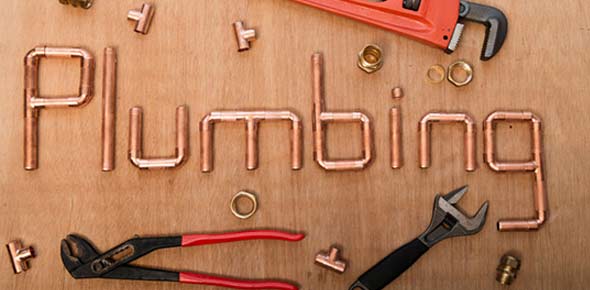
Most homeowners understand that plumbing leaks can lead to significant damage in their homes. Left untreated, loss of water use, mold, power disruptions, and even more problems can develop. Call a professional at Augerpros Plumbing & Drain as soon as you notice a problem. There are many tools in our plumbing arsenal in which our experts can test for leaks and provide solutions to any plumbing-related issue. Conducting a hydrostatic test is just one of the techniques we use in the field to quickly isolate the problem.
Hydrostatic testing is a fast and simple way of monitoring the water levels for leaks in your pipes at home. HYDRO=WATER, STATIC= STANDING. A hydrostatic test is performed by filling (pressurizing) the piping being examined and subsequently monitoring the level of pressurization for changes. If there is a lowering of pressure, there is a leak somewhere in the system. If you suspect a plumbing leak in your home, hydrostatic testing is a must for determining the presence of a leak under your slab.
Another useful time to utilize hydrostatic pressure testing is when making a new home purchase. In many instances, the current owner of the home is unaware of any plumbing leaks, and this test will allow them the opportunity to fix it before the sale. Using plumbing pressure tests can help residents avoid any major surprises down the road. The last thing anyone wants is for their home to lose value or to require significant repairs for plumbing leaks that go undetected.
Also, if you have recently leveled your home’s foundation, the hyperextension of your home’s pipes can cause leaks to appear in the fittings and couplings and should be addressed immediately. Whenever you have had foundation work done, its always a great idea to have a static test done after.
Plumbers typically perform hydrostatic tests from the outside of your house. They do this by gaining access to the home’s “clean-outs.” These clean-outs are located right next to the home and are basically a pipe that sticks up from the ground. They can be found in most houses built after 1970.
The testing process involves placing a test ball in the pipe, placing the system under pressure, and then seeing how much (if any) the water level drops. It could drop 4”, 14,” 20” or more. The more the water drops, the bigger the leak(s). If it doesn’t drop, you have no leak.
If your house is older and does not have clean-outs, a plumber may need to go inside your house, remove a downstairs toilet and test the system from there. The inflatable ball is pushed into the drainpipe to block the entire plumbing system for about half an hour. The water level at the removed toilet is monitored throughout the test, and if the water level drops, there are leaks in the system. If the water level remains consistent, there are no leaks.
When a leak is detected, the next step is referred to as isolation testing. This is a process where separate sections of the plumbing system are blocked off and tested individually, in the same manner as with the whole house test, just on a smaller scale. Isolation testing allows the plumbing technicians to narrow down and locate the area of the leak. In Static leak isolation testing, our professionals frequently use a combination method of a sewer video camera pipe inspection and hydrostatic pressure testing to isolate and test different sections of an under slab sanitary sewer system to pinpoint exact locations of water leaks in the system.
Once the leaks are located, a full schematic of your plumbing system is drawn up, and a solution is engineered. Drain system leak repairs can be as simple as the replacement of a single section of pipe, to a complete reroute of your drainage system.
Augerpros Plumbing & Drain specializes in diagnostic testing of sewer leaks, water leaks, and slab leak detection for residential and commercial properties. We use technology and science to accurately pinpoint the source of your water system symptoms. If you are in need of a hydrostatic test on your plumbing system, please give us a call today! 214-206-6580.